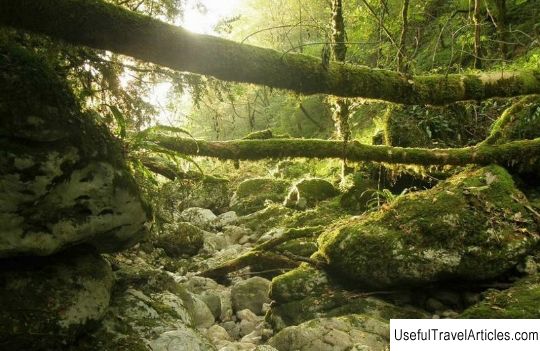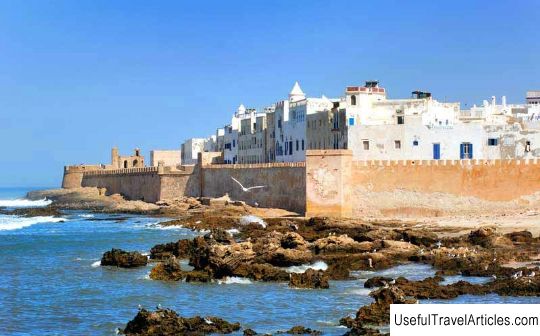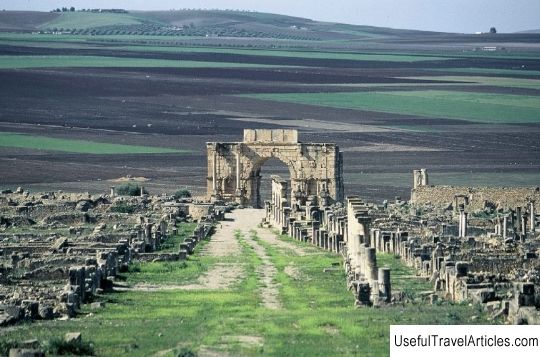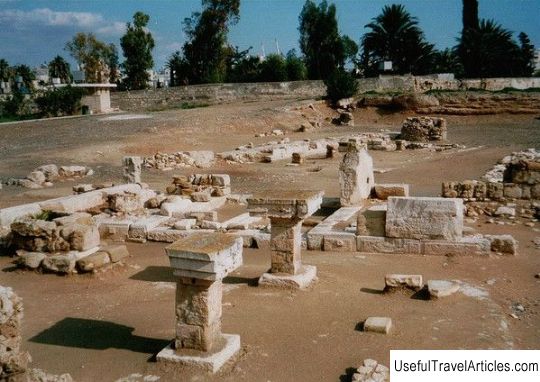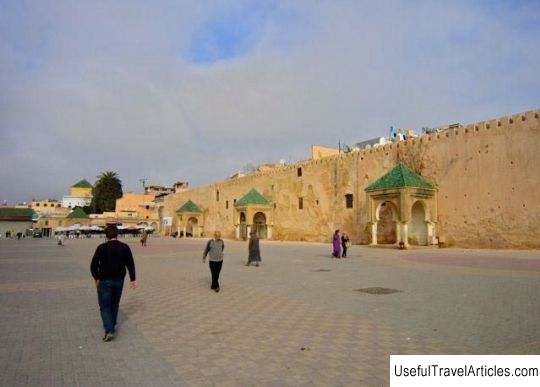Ruins of ancient Lixus description and photos - Morocco
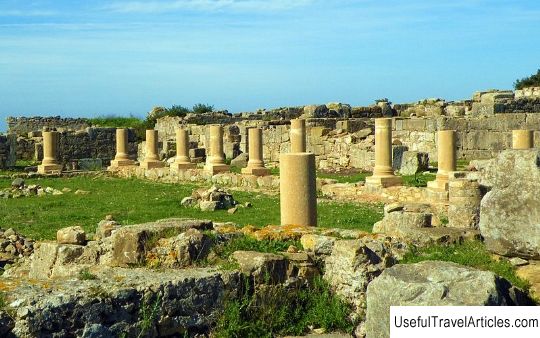
Ruins of ancient Lixus description and photos - Morocco. Detailed information about the attraction. Description, photographs and a map showing the nearest significant objects. The name in English is Lixus. Photo and descriptionThe ruins of ancient Lix are one of the main historical sights of Morocco, located north of the seaport of Larache, on the right bank of the Wadi Lukkus river. The oldest structures found in this country are the ruins of the Phoenician colonies. The oldest of these is considered to be Lix, founded in 1146 BC. e. Around this time, other trading cities on the African Mediterranean coast were built by the Phoenicians and became important ports. The Phoenicians needed the city of Lix as a base on the approaches to the silver mines of Spain, as well as for sailing to the island of Madeira and the Canary Islands, from where they took dyes for their world-famous purple fabrics. After, the Phoenician colonies became part of Carthage. After some time Carthage fell into decay, then Lyx became part of the Roman Empire and an outpost of the Roman province. Today Lix is the ruins of ancient buildings and picturesque nature. Practically no research and excavations have been carried out here. In Lix you can see the preserved ruins of an amphitheater of the 1st century, which could accommodate more than one hundred people. Behind the theater are well-preserved baths with amazing mosaics. In the very center of one of the largest and most beautiful mosaic inserts is the god Neptune, whose image, much to the chagrin, fell victim to vandals. There is a very ancient Christian basilica in the central part of the city. Large stone blocks can be seen from the ocean side, which have a mysterious and enigmatic appearance - these are monstrously huge monoliths at the base of the ocean breakwater. A little further, there is an indoor dolmen hanging on a steeper. At low tide, on the gentle ocean floor, you can see individual rectangular monolithic blocks of the walls of the ancient port. If you imagine what Lix looked like 2000 years ago, then we can say without a doubt that it was one of the most powerful and beautiful cities antiquity.     We also recommend reading Rossano description and photos - Italy: Calabria Topic: Ruins of ancient Lixus description and photos - Morocco. |
